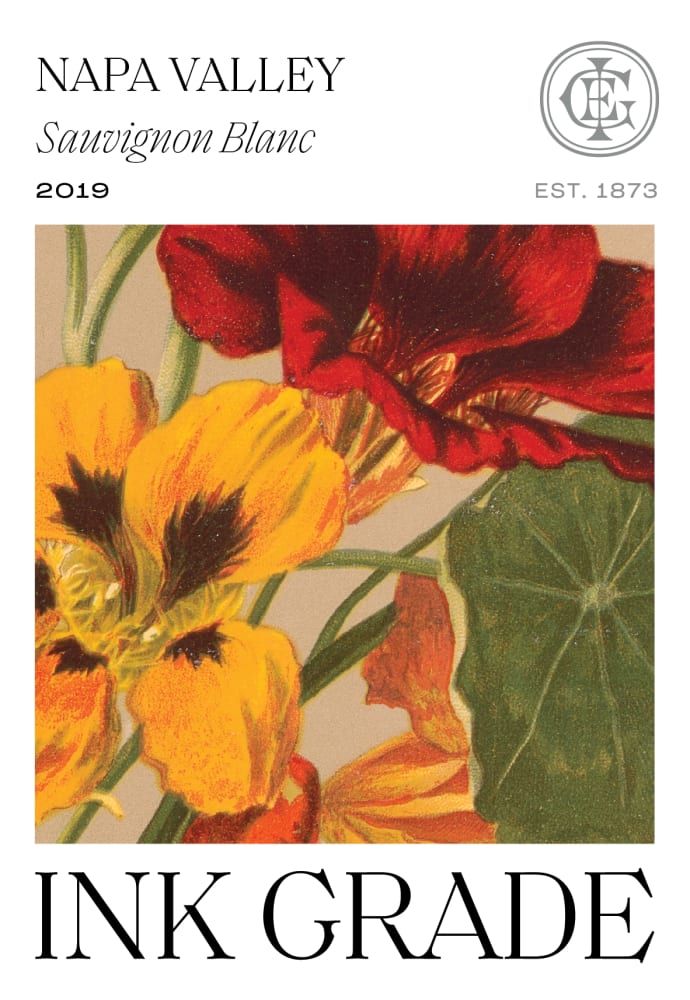Noble Rot, also known as Botrytis cinerea, is a type of fungus that grows on grapes in certain weather conditions, leading to a specific type of wine. While it may sound unappetizing, noble rot is actually highly desirable in certain wine regions because it can result in delicious, complex wines with a distinct flavor profile.
When conditions are just right, the Botrytis cinerea fungus penetrates the skin of the grape and begins to feed on the moisture inside. This causes the grape to dry out and concentrate its sugars, resulting in a sweeter wine. The fungus also imparts unique flavor characteristics to the wine, often described as honeyed or apricot-like, with a rich, creamy texture.
Noble rot is most commonly associated with the production of dessert wines, particularly those from regions such as Sauternes in Bordeaux, France and the Tokaj region of Hungary. In these regions, specific grape varieties such as Sémillon and Sauvignon Blanc are left on the vine longer than usual, allowing the Botrytis to take hold.
While noble rot is highly prized for the unique flavors and complexity it can bring to a wine, it is also a finicky process that requires very specific weather conditions. Too much humidity can lead to harmful grey rot, while not enough moisture can prevent the Botrytis from developing at all. As a result, vintners who specialize in noble rot wines often have to be patient and carefully monitor their vineyards to ensure the best possible outcome.
In addition to dessert wines, noble rot can also be used to produce botrytized wines in other styles, such as dry whites or reds. In these cases, the grapes may not be left on the vine as long as they would for a dessert wine, but still long enough for the Botrytis to impart its unique flavors.
One of the key challenges of producing wines using noble rot is the delicate balance between sweetness and acidity. While the Botrytis fungus can concentrate the sugars in the grape, it can also consume some of the grape’s natural acidity. As a result, winemakers must carefully monitor the ripeness of their grapes to ensure that they are picked at the right time to achieve the desired balance of sweetness and acidity.
Overall, noble rot is a fascinating and highly valued aspect of winemaking, prized for the unique flavors and complexity it can bring to a wine. While it requires a certain amount of luck and careful management to achieve, the end result can be truly extraordinary, with wines that are highly sought-after by collectors and connoisseurs alike.
Wine is sunlight, held together by water.”- Galileo Galilei


